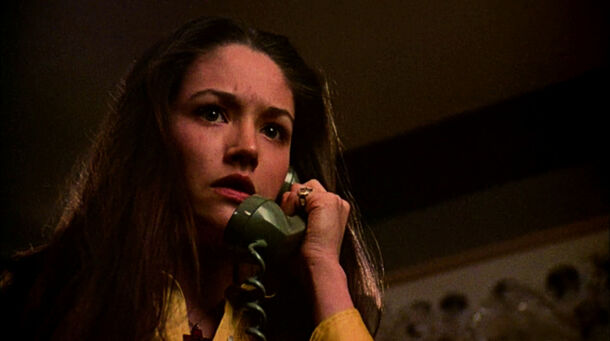Who Stands Behind The Original 'Final Girl' Term?

The Final Girl in horror movies — who is she and what is she like?
Next to iconic villains such as Freddy, Jason, Michael, and Ghostface, the Final Girl is a crucial figure in horror films.
Characters like Black Christmas' Jess Bradford, Halloween's Laurie Strode, Scream 's Sidney Prescott, and many others have inspired a legacy of strong and resilient women who are the last to stand in the face of terrifying threats.
The Final Girl endures summer camps, betrayal by those she trusts, and even encounters alien creatures, demonstrating her strength and survival instincts to the very end.
The Final Girl cinematic trope has a long history, and how it came to exist is complex. Early portrayals of the Final Girl trope depicted her as a socially outcast character who avoided vices.
She was often the first to recognize danger, usually had dark hair to contrast with the promiscuous blonde, and was always rescued by someone else in the end.
However, in the 1974 film Black Christmas, the character of Jess, portrayed by Olivia Hussey, revolutionized the meaning behind this iconic figure.
Unlike the traditional damsel in distress, Jess is a multi-dimensional character who relies on her intelligence and determination to confront and defeat the central killer on her own, rather than waiting for someone else to do it for her.
Her portrayal ushered in the badass era of the Final Girl, which continues to this day in horror films.

The concept of the Final Girl itself has been first introduced by film theoretician Carol J. Clover in her book Men, Women, and Chainsaws: Gender in the Modern Horror Film, published in 1992.
In the book, Clover discusses how gender gets represented in slasher films.
In her book, the term is used to describe the last surviving female character who faces and vanquishes the film's antagonist, often the murderer or monster.
The Final Girl has a set of characteristics such as being mostly brunette, having a unisex name, knowing the killer, and necessarily having sex in the movie.
Although these traits only partially apply to the character of the Final Girl, Clover's analysis highlighted the term and explored its significance within the horror genre.
Since Carol J. Clover introduced it in 1992, the Final Girl trope has significantly evolved.
With Wes Craven making his Final Girl more assertive, and with modern horror films like Midsommar, Happy Death Day, The Menu, introducing diverse women of different backgrounds and identities, the Final Girl term thereby widened its role in the horror genre.